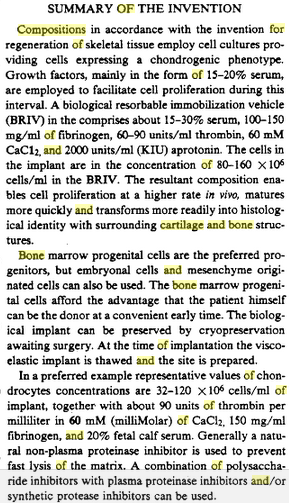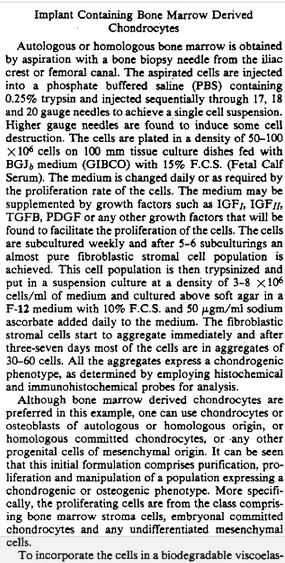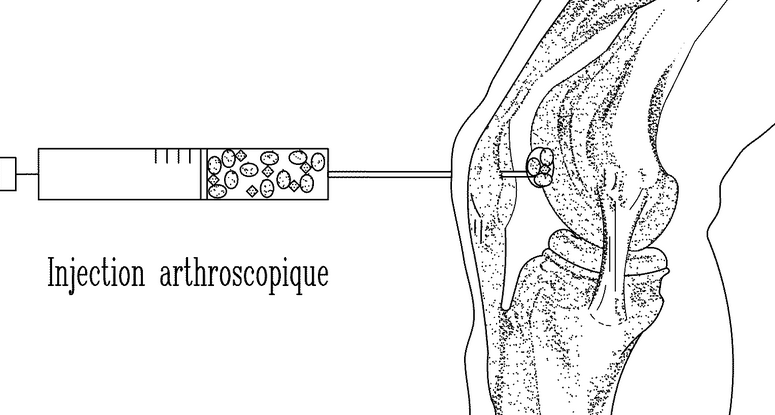{Update: It seems that from the main website AyurvedicUrea.com, the main ingredient found in ayurvedic urea is “Dhatrumurgasiniy”. It seems this thing can only be found in Nepal. I will be doing some more research on what this plant/ compound really is.]
What I wanted to do with this post is try to prove conclusively that this new idea for height increase is either something worth looking into or just the newest craze in height increase to com along. When I typed in the words “Ayurvedic Urea Height Increase” into Google, I was surprised at what else I managed to find.
There is a Topix.com Discussion HERE…
From the first looks of it, it would appear that at least a dozen people have all said that it is a real product which worked for them. This seems great until you realize that all the people who said that the product is legitimate have their location traced back to one location, Lalitpur, Nepal. Even what we would say is american names like Bob are coming from the same place. There seems to be another person from the UK also saying it is legitimate so we have two people who are saying it works. Most of the other posters are not sure or claim it is a scam.
From AyurvedicUrea.com…
This website is the official website for the idea to increase height using ayurvedic urea. It seems that this website is based off of San Francisco from the Facebook page profile. They say on their page for scams that you should not buy “fake” ayurvedic urea from any providers from Africa or any one else EXCEPT them. So they seem to want you to only use them as a service. Hm….That makes me suspicious. When an organization is trying this hard to push out any possible competitors by claiming everyone else is a liar and scam artist, that make you wonder if they are a scam too. Something else to note is that the website seems to be based off of the Blogger Blogging Platform. That makes it seem like it is not very professional. However, I would have to concede that this website was built on a blogging platform too, WordPress. From this link HERE these guys say that they are the only people who sell the real Ayurvedic Urea. Are these sellers saying that they are the only people who can make this stuff? The website lists two other websites being fake sites selling fake ayurvedic urea however when I copy and pasted the URL domain names, I got only a standard WordPress 2011 theme with maybe 2 pages of weak content. Sites are www.buyayurvedicurea.com and www.ayurvedicurea.net. If you want to see what is on the websites, go ahead. There is almost nothing on these sites that the other site says makes them a scam. It’s Nothing. From the website there seems to be one “legitimate” sellers of the stuff. NAME: MELINA JATAMARI CONTACT EMAIL: melinajatamari@gmail.com. Apparently she is the “only seller we have verified and authorized“. What the website does seem to do is hold the money in escrow so that the money you give will only reach them after you have tested the compound and seen its effects. The urea doesn’t seem to work on dwarves. There is research being conducted in Singapore starting around 11//23/2012 and will end in 7/23/2013. The next group of people being tested will be in Thailand. If you want to contact these people email them at support@ayurvedicurea.com. Or get in touch with some women named Sharon Stone (the same as the actress??) Here is the pricing from the website…
Ayurvedic Urea Price List (Updated November 26 2012)
4 inches = US $68000
6 inches = US $85000
8 inches = US $105000
Ayurvedic Urea(Liquid) Price-List
4 inches = US $40000
6 inches = US $64000
8 inches = US $100000
From a WordPress blog based website MeetMeDaily.com…
This website seems to be some form of funnel or sales page to get the person to go to the Ayurvedic Urea website. There is absolutely no scientific information on why this product would even work. There is even a Facebook page for Ayurvedic Urea located HERE. From the first look, there is over 6000 likes, and the profile website was created in 2009. The biggest discussion has around 54 comments with most of the profiles saying the product worked on them. However after I clicked on the profiles It showed that the profiles had no pictures, information, or friends. This seems to suggest that someone purposely created a few dozen fake Facebook Profiles to write up fake positive testimonials for this Ayurvedic Urea. There were real profiles who commented to the Facebook page asking how they can buy this extremely expensive product but it seems that no one has answered them back yet.
From AGRHood.com…



